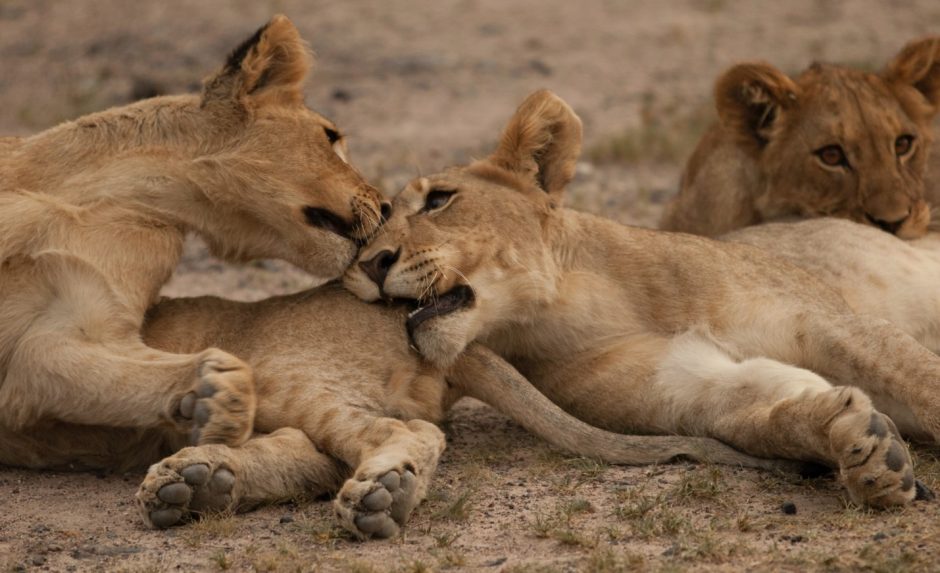
The Best Camera Settings for African Safaris
Being able to walk out your tent in the morning with your camera ready for action is key when you’re on a safari in Africa. There is simply so much to photograph that you don’t want to miss a moment!
For this article, I explain my exact settings I have dialed into my camera for each type of photographic opportunity throughout each day while on safari.
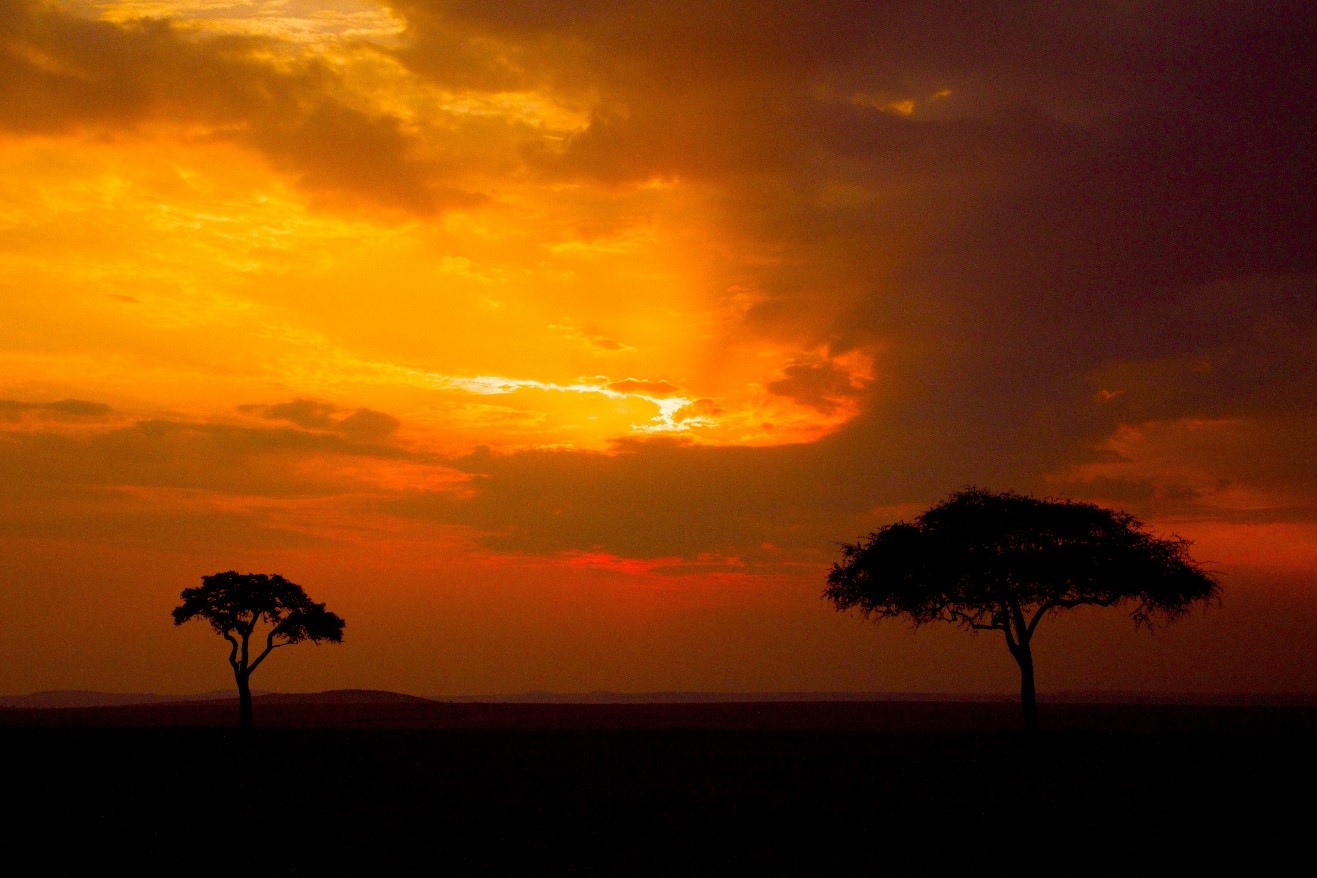
Before starting each day
Early morning starts are commonplace in Africa, as great wildlife sightings tend to happen early. While the day unfolds and before the sun gets too high, wildlife tend to be quite active. As a result, having these go-to settings dialed into my camera before I go to bed each evening helps me think less during these half-groggy morning departures.
Aperture: f/5.6
Shutter Speed: 1/200
ISO: 2000
These settings are quite general and lend themselves to either landscape photos, like a beautiful sunrise, or quiet wildlife sightings right away. While a 1/200 shutter speed isn’t fast enough for rapidly moving animals, you must also be cognizant of the relatively low light in the morning. While a 1/500 shutter speed might be better for freezing motion, that would require an ISO of 4000 or even 5000, which usually is unacceptable in terms of resulting photo quality.
The aperture I have here is a good “general” aperture to snap low-light landscape photos (you don’t really need an f/8 or f/11 for sunrise shots), but is also a good wildlife portrait setting. Depending on exact light conditions, I might even take this down to f/4 to bring a tad more light (remember, going from f/5.6 to f/4 doubles the amount of light that comes in).
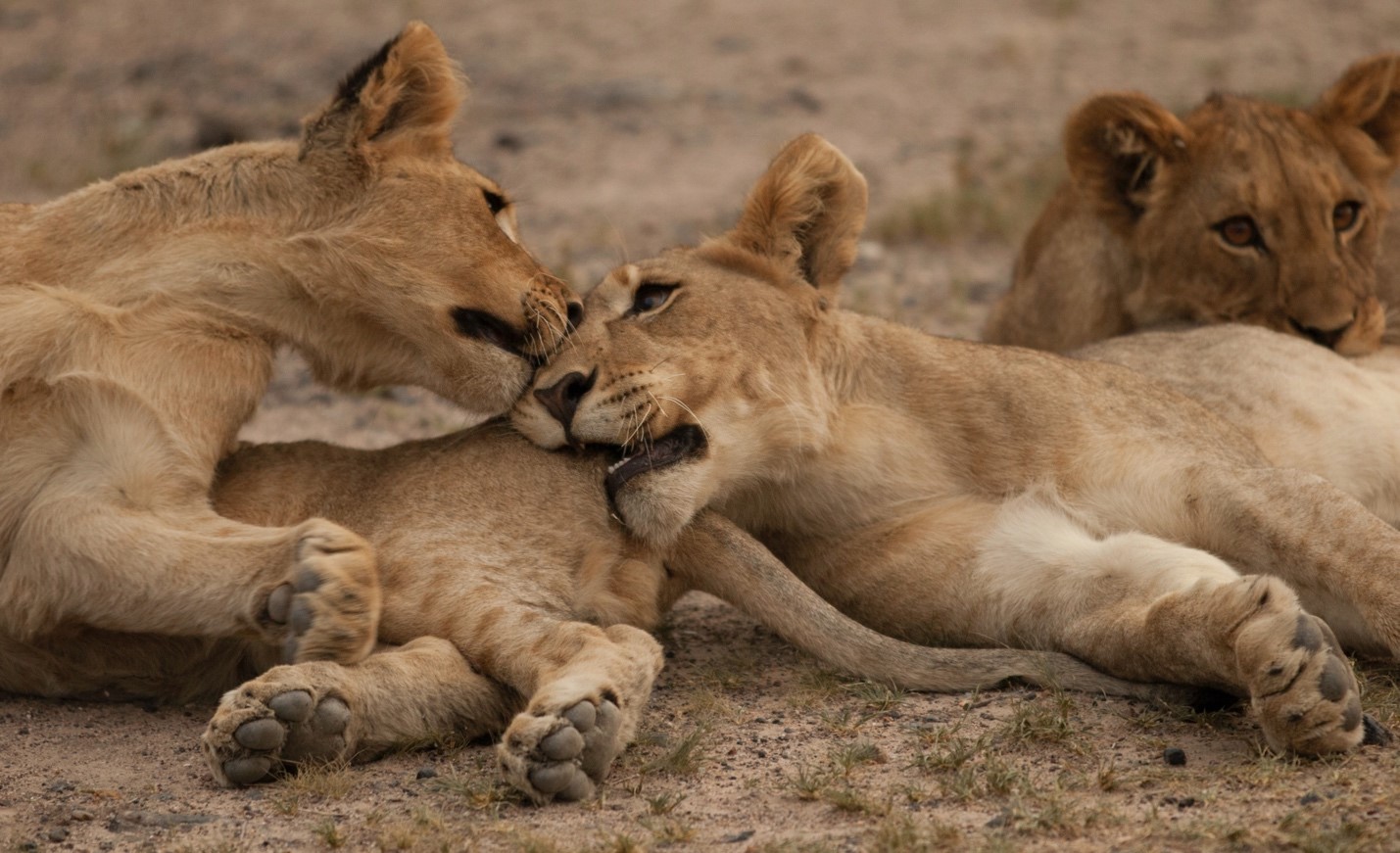
When wildlife sightings start to pick up
This could of course happen without warning, hence the previous settings designed to be multi-purpose for starting the day. However, once you really begin seeing animals, you may want to do a quick reset and prioritize wildlife photos first and foremost (perhaps once the sun has risen).
Aperture: f/4 (or even smaller f/number)
Shutter Speed: 1/500
ISO: 800-1600
The key difference here is that I’ve dropped my f/number down to prioritize wildlife portraiture…you know, that beautiful look where the animal is in great focus but the fore- and background is nicely blurred.
Because animals may be moving around at this point, I’m ramping my shutter speed up a bit so that I don’t get any motion blur if something is trotting around on the savanna. At this point, I am very ready to increase my shutter speed if needed. For instance, if there is rapid movement, I may want to double this and get to 1/1000 to freeze rapid movements.
My ISO is very dependent on lighting conditions. While I’d love to not need 1600, I also want to make sure I’m able to shoot at a fast shutter speed even in low light. However, as the day unfolds, I’m very aware of whether I need ISO 1600 any longer, or whether I can drop this down to, say, ISO 800 or lower. Similarly, if I move to this new faster shutter speed while the light is still dim, I may need to increase the ISO to make sure I can get 1/500 of a second a f/4 or f/5.6 (generally I’m at my smallest possible f/number, which can vary from lens to lens).

Once light is near full and I’m ready for anything
This may be when the sun has fully risen, or it could be when I’m going out for our afternoon wildlife drive. But either way, this setting is for when light is no longer a problem and we’re ready for some lower ISOs and maybe even bigger f/numbers (perhaps for wildlife in landscape photos).
Aperture: f/8
Shutter Speed: 1/500
ISO: 200-400
As you may know from my other articles, one of my favorite styles of safari photos (or any wildlife for that matter) is a wildlife in landscape photo. This is where it’s a classic landscape photo with all the things you’d think—beautiful scene, bit depth of field, engaging environment—but also features one or some of the area’s iconic wildlife. This is converse to a wildlife portrait, where the majority of the frame features the animal. In these wildlife in landscapephotos, the landscape is indeed the front and center feature, but the wildlife in the photo really sends it over the top as an alluring capture.
Thus, to get these types of photos, you need light. Afternoon-turning-into-evening is a great time for this, as you do get ample light, but it’s steadily getting lower, which improves the quality of the light as the day continues.
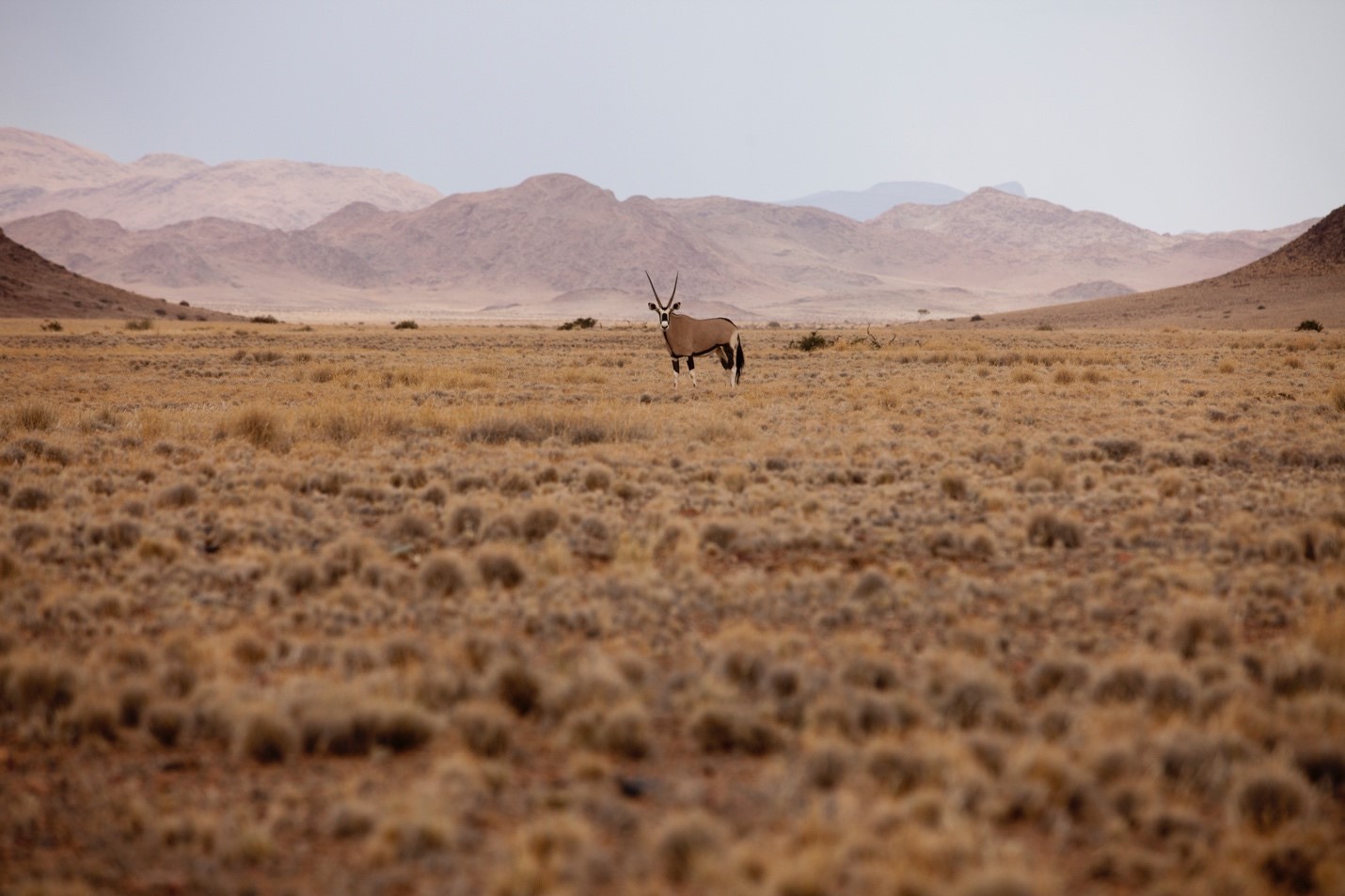
As night approaches
The time of day when the sun goes down, yet light still lingers in the sky, is one of the most intimate and enjoyable times of day for me personally while on safari in Africa. The air cools and the sounds increase from wildlife all around you. Although this is a rather challenging time of day to photograph (and some prefer to just put the camera away and soak it all the beauty) I’d be remiss if I didn’t offer some photographic guidance here.
Aperture: f/4 (or f/2.8 if possible)
Shutter: 1/50
ISO: 3200-6400
You are rapidly losing light and only a glimmer is left at this point. I recommend dialing your exposure compensation down so that you forcibly darken the photo to match the actual environment. You want the largest aperture possible, which often is f/4, but for some this may be f/2.8…you are likely photographing silhouettes, so depth of field is negotiable.
Although a 1/50 shutter is slow, many lenses and cameras today offer stabilization, such that you can eliminate hand shake at this level. You need all the light you can get, so experiment with faster or slower than 1/50, but that’s a good starting point.
An ISO this high will create noise/grain in your photo, but there isn’t much else you can do. Either you get a somewhat noisy shot that you will need to edit, or no shot at all. I’d rather have the shot and do whatever I can to rescue it in post.
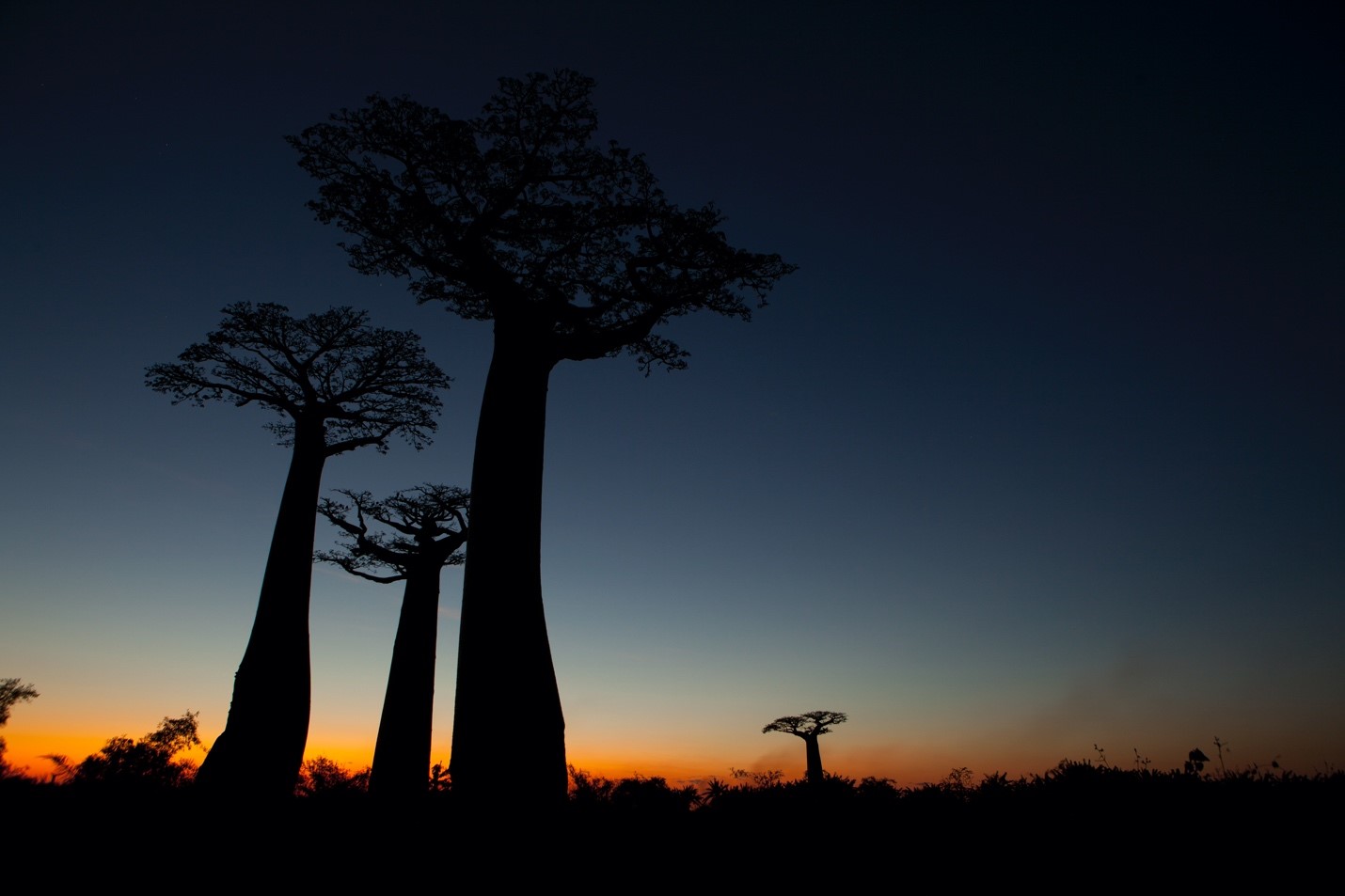
As you can see, there is more than one way to photograph the splendors of Africa…both with camera settings and at rather dramatically different times of day! I hope you are headed to Africa soon, as it will no doubt be a pinnacle of your photographic career. If you are, I hope even more that this advice proves useful and you come home with sensational (and memorable!) photographs.
Cheers!

Court
Leave a reply